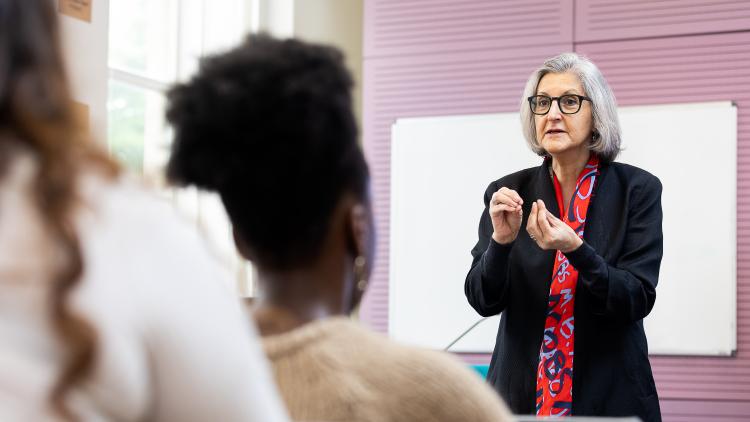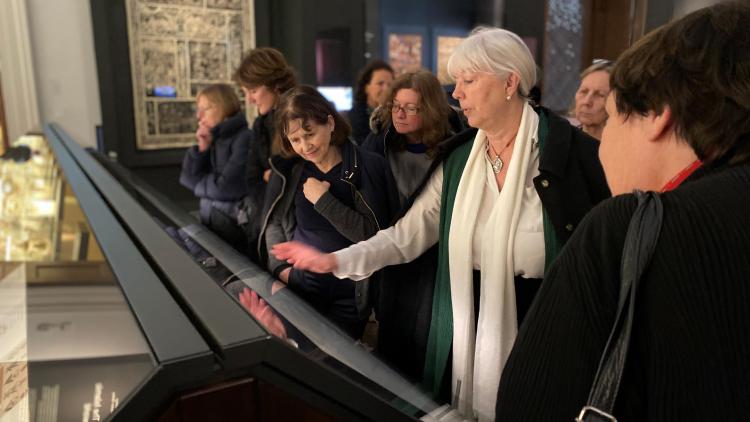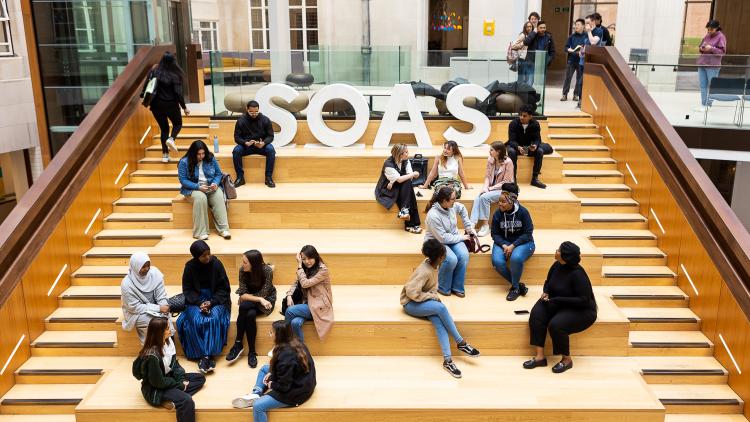Filipino (Tagalog) Beginners Course


Key information
- Duration
- 1 term per sub-level; 10 weeks per term
- Attendance mode
- Part-time, online/blended learning
Course overview
This course provides a thorough introduction to Filipino (Tagalog).
It covers typical themes of grammar vocabulary and cultural contexts of the language. You will develop an understanding of the main standard features of pronunciation, how to read and write and to build up basic knowledge about the Filipino language as well as basic awareness of the culture, and society where the language is spoken.
As the course progresses, it aims to provide you with further confidence and vocabulary to discuss more complex topics, write and read more challenging texts in the language.
Method
The course is taught in Filipino (Tagalog) and English with coverage of the four key skills (speaking, listening, reading and writing), and a good balance between communicative activities, structure practice and grammar. Students are encouraged to start speaking the language from the outset, and exercises are set that require pair work and group activities. You are expected to attend regularly, participate in class and complete homework regularly to ensure learning progress.
This will be achieved through 20 hours of blended learning: this is composed of 15 hours of online structured lessons with the teacher. This is supplemented by a minimum of 5 hours of guided independent learning supported by complementary material. The course objective will be achieved within the 10-week course.
Material
- Elementary Tagalog: Tara, Mag-Tagalog Tayo! by Jiedson R. Domigpe and Nenita Pambid Domingo
- Elementary Tagalog Workbook: Tara, Mag-Tagalog Tayo! by Jiedson R. Domigpe and Nenita Pambid Domingo
A free hard copy will be available for collection from SOAS campus. Students who require the book to be sent out to them, will need to pay a postage fee.
Fees
Partial bursaries may be available for SOAS students. Please contact philippinestudies@soas.ac.uk to apply.
Entry requirements and progression route
For the first stage of Filipino Beginners (i.e. Beginners 1), no previous knowledge is required. To be able to join Beginners 2 or 3 you should have completed Beginners 1 and 2 respectively at SOAS Language Centre or have an equivalent knowledge of guided learning hours (20 hours per each sub-level). The progression route from Filipino Beginners 1 is to Filipino Beginners 2; from Beginners 2 to Beginners 3.
Please note, that each term, courses are subject to quorum requirements.
- For course dates and information, please see our timetables.
Structure
Filipino (Tagalog) Beginners 1
By the end of the course you should be able to:
- spell out words
- use (formal and informal) greetings and farewells
- introduce yourself and others
- ask and give biographical information
- talk about where one lives
- talk about jobs
- talk about your family
- use expressions of time (days and months)
- express likes and dislikes
- talk about your favourite sports and people
- talk about your daily routine
- talk about past and future activities
- describe your hobbies and leisure activities
- express preferences
Filipino Beginners 2
By the end of the course you should be able to:
- shop for items using numbers
- describe your house
- specify where things are located
- express preferences
- give and ask for directions
- express simple requests and commands
- describe physical symptoms of common ailment
- talk about remedies
- describe aches and pains
- shop for groceries
Filipino Beginners 3
By the end of the course you should be able to:
- order food and drink at a restaurant
- express preferences regarding food and drinks
- make requests
- give and follow instructions for Filipino recipes
- talk about previous holidays
- book a plane ticket
- express reactions and feelings
- narrate events and stories
- summarise a film and understand a film review
- discuss films and express your view
- say what you can and cannot do
- express a Filipino song
- familiarise yourself with popular Filipino legends
The above is an indication of content that may be covered over the duration of the course but it could vary depending on the level and progress of students in the class.
Contact us
Disclaimer
Important notice regarding changes to programmes and modules
See more information on the language on the Language Centre Filipino (Tagalog) homepage.






